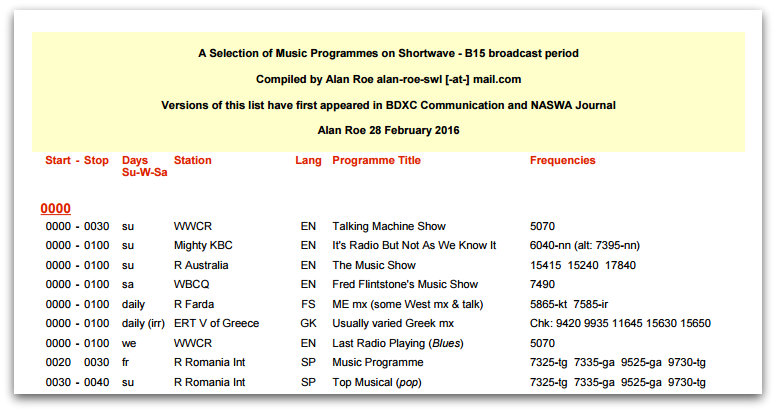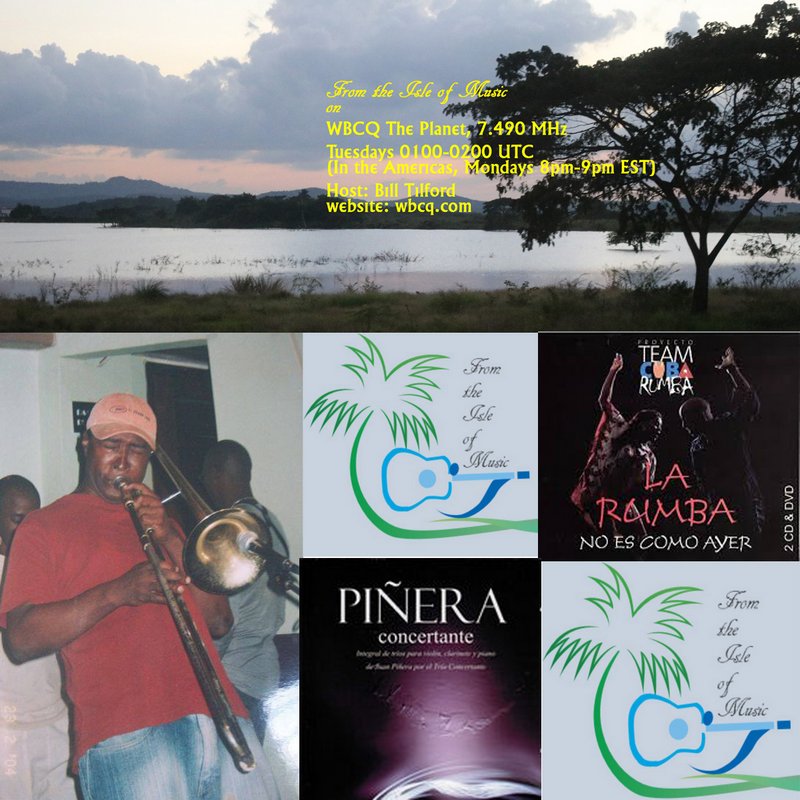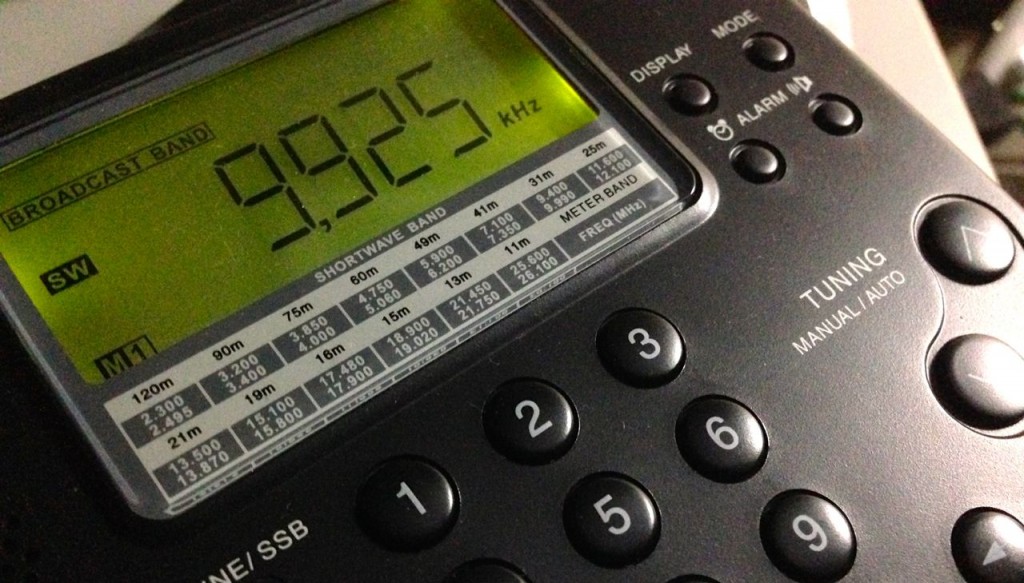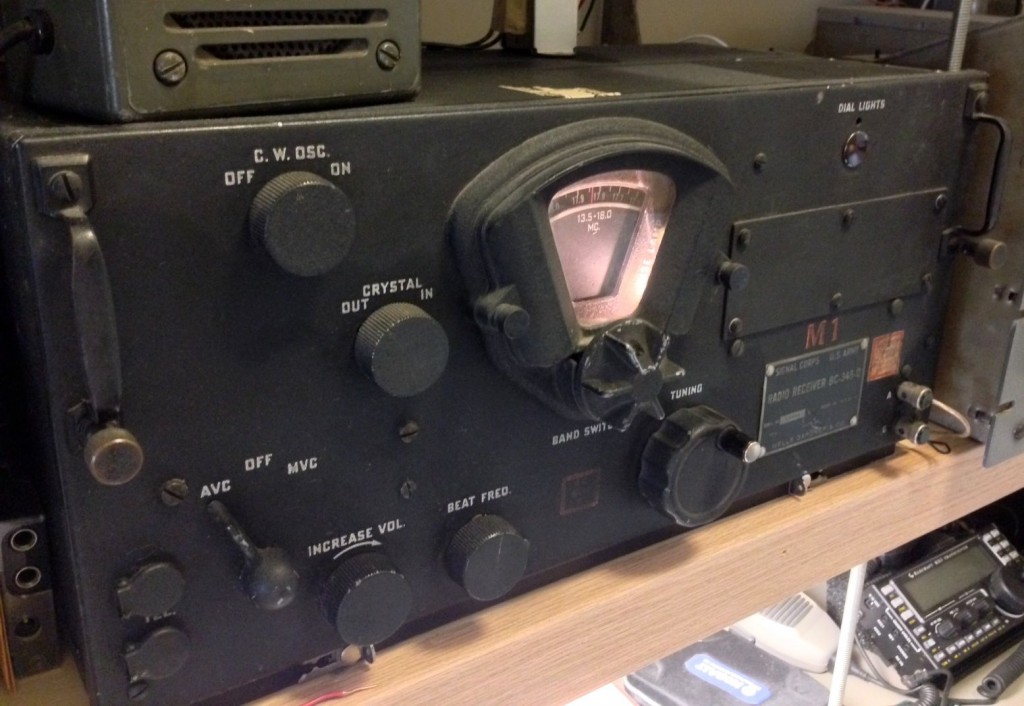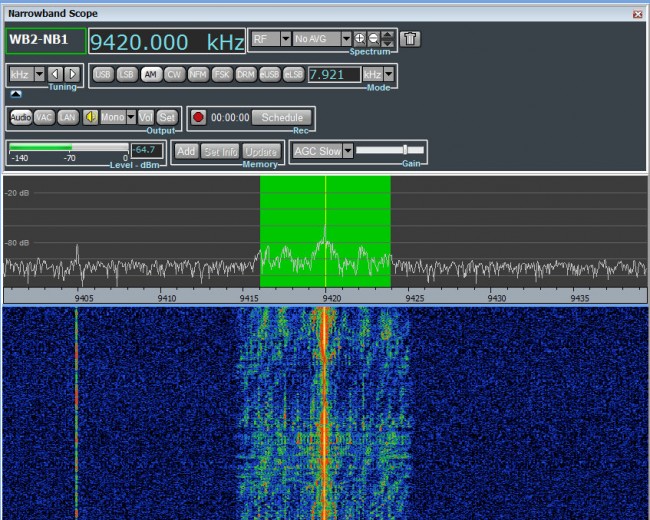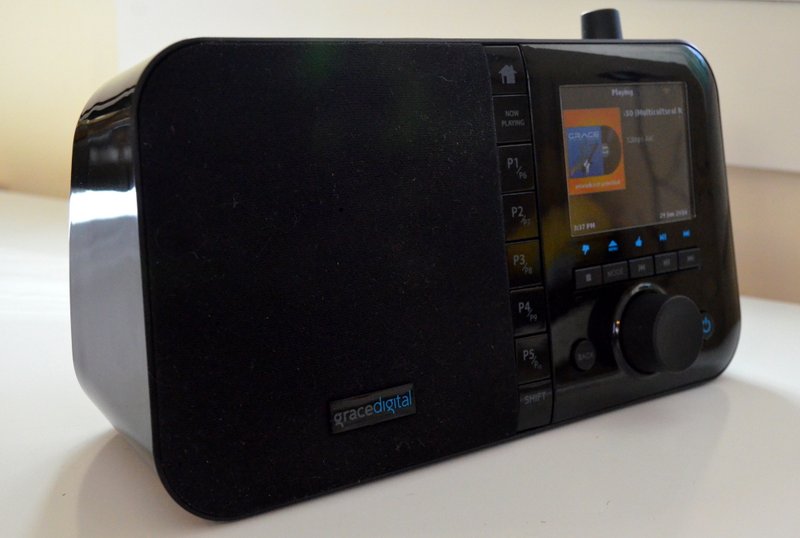
The Grace Digital Mondo WiFi radio
Lately, I’ve been spending a lot of time with WiFi radios.
You see, I’ve been preparing a three part series about WiFi radios for The Spectrum Monitor magazine (Part 1 will appear in the April 2016 issue). Not only have I been evaluating and reviewing several radios, but also station aggregators: the curated databases of radio stations to which WiFi radios link.
Internet radio = Local radio discovery
Internet (or Web/WiFi) radio is a fantastic platform for discovering small, even semi-isolated, community radio stations that, until the Internet, had never broadcast signals beyond their local communities. With Internet radio, we can enjoy these stations as if we, too, are locals. Local becomes international.
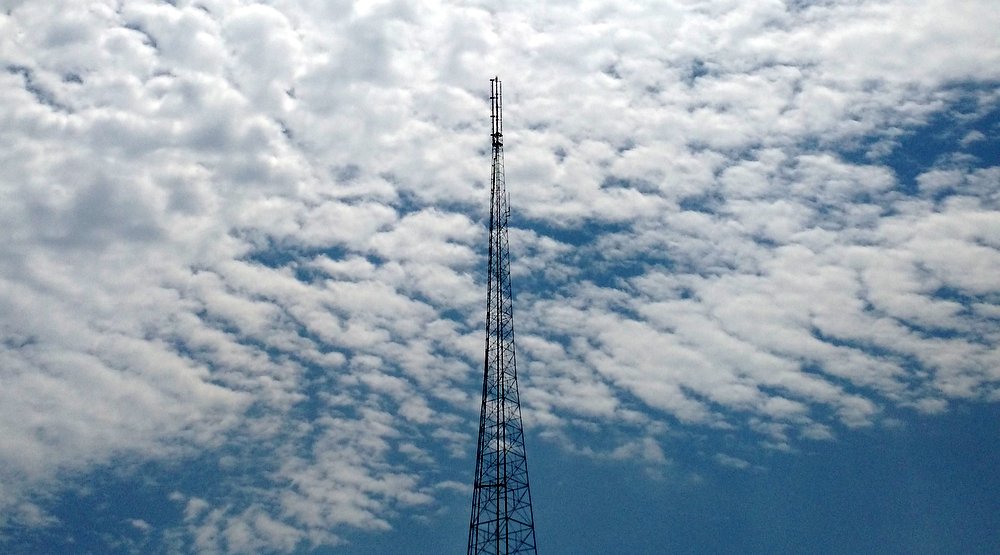
As I travel, I try to note the callsigns of AM/FM radio stations I enjoy.
Sadly, not all of my favorite local radio stations stream online as it’s a major expense for a small broadcaster and yields very little in the way of ad revenue. After all, who in South Africa is going to buy auto parts from a store in Homer Alaska? It’s a conundrum for sure, and one shared by private shortwave broadcasters.
Still, there are a number of stations that do manage to have a reliable streams online.
In no particular order, here’s a short list–a handful–of some of my favorite stations that stream (click on the callsign to listen to the station live):
- WTZQ Everything from Glenn Miller to Steve Miller (Hendersonville, NC)
- WXRC Classic Rock (Charlotte, NC)
- WDRV Classic Rock (Chicago, IL)
- WHGM Classic Hits (Havre de Grace, MD)
- WFED Federal News Radio (Washington, DC)
- CBAL French language music from (Moncton, NB, Canada)
- CKUT McGill University radio, (Montreal, Canada)
- CIAO World Music and Talk Radio (Brampton, ON, Canada)
- 6WF ABC local talk and music (Perth, Australia)
- Fréquence 2 (Ivory Coast, Africa)
- CFZM Nostalgia (Toronto, Canada)
- Saint-Pierre & Miquelon 1ère French music/talk (St. Pierre and Miquelon)
- WNMB 1950’s music (North Myrtle Beach, SC)
- KBON Cajun/Zydeco/Blues and variety (Louisiana, USA)
What are your favorite stations?
Please comment and share some of your favorite streaming AM/FM radio stations! I’m all ears!
 Many thanks to Mike Terry for the following news from Radio Six International:
Many thanks to Mike Terry for the following news from Radio Six International:
